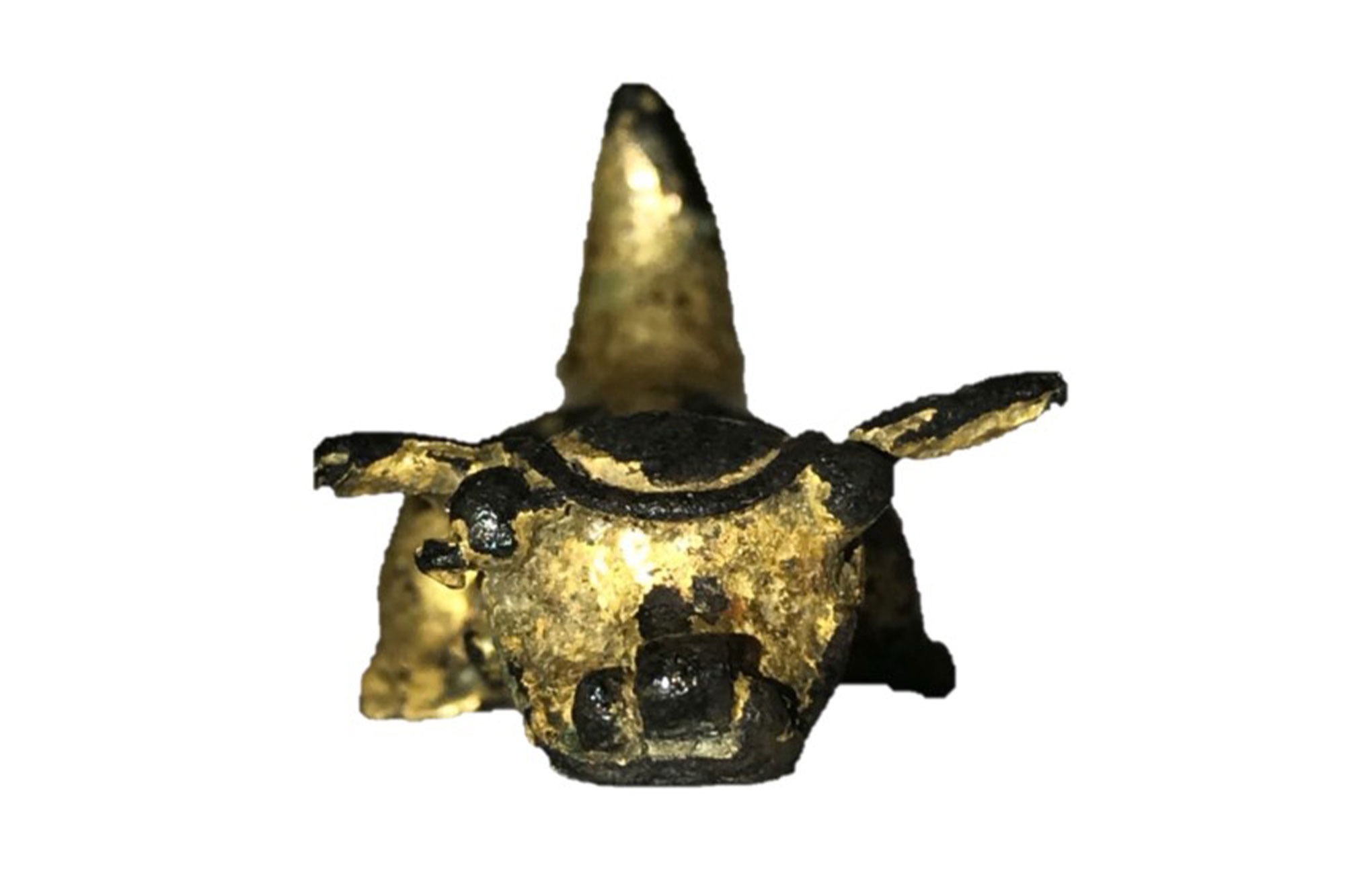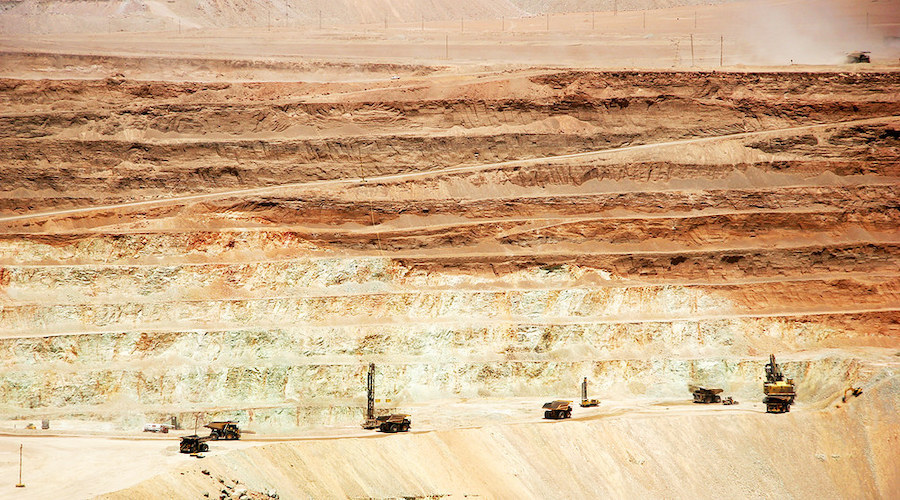Surprised it lasted this long. Soviet-era palladium stockpiles said to be depleted

The size and composition of Soviet Russia’s platinum group metal stockpiles have been a contentious issue in the PGM market ever since the collapse of the USSR in 1989.
When in need of cash the Russian government is wont to release reserves – particularly palladium of which it is the world’s number one producer – on the open market.
They did this at the end of 2002 sending palladium prices plummeting. It can also work the other way as with the standoff between Russia and Georgia over South-Ossetia in 2008.
From under $400/ounce at the start of that year, the price of the precious metal shot to a high of $600 at the end of February 2008, only to collapse again as tensions receded.
Apart from the secrecy surrounding the stockpiles, the volatile price movements are exacerbated because palladium production is so heavily concentrated in just two countries – South Africa and Russia.
The pair of nations produced just under 200,000 kilograms palladium in 2010. The third largest producer, the US, could only haul 11,600 kilograms out of the ground in 2010.
On Thursday palladium, used in autocatalysts and dentistry, was changing hands for $672 an ounce down from highs above $800 last year. But those multi-year highs could now be in sight again reports Commodity Online:
The amount of palladium released onto the market by the Russian government decreased to 750 thousand ounces in 2011 from 1000 thousand ounces in 2010, feeding rumours that the Russian stockpile is now close to depletion. Government officials have indicated that this is the case.
Investment bank Barclays estimates 300,000 ounces could still find its way to traders this year while Russian news agency Interfax quoted number one producer Norilsk as saying Russian government reserves have already dried up.
Whatever the correct number, a deficit of palladium – a 9 million ounces per year industry– is likely in 2012.
Apart from Russian reserves no longer distorting the market, South Africa’s dwindling supply – 200,000 ounces of PGMs may not reach the market from the African nation – is bound to boost prices further.
More News
PDAC Video: Critical Metals plans key green energy projects in Europe
April 10, 2025 | 02:55 pm
One of the strangest chapters in copper mining is drawing to a close
April 10, 2025 | 01:40 pm
{{ commodity.name }}
{{ post.title }}
{{ post.date }}




Comments
BullionSyndicate
I’m not sure why palladium is not talked about more in the precious metals investment community. While some metal enthusiasts have exaggerated the potential of silver going “extinct,” palladium is a metal that would seem more likely to suffer an extreme shortage. It’s extremely difficult to mine from the earth, the refinement process takes over a year, and price pullbacks make palladium uneconomical to mine, thereby creating an artificial supply shortage.
Palladium is also the metal of the future, with many specialized tech industries requiring its unique elemental characteristics. And with roughly 7 million ounces produced annually worldwide as opposed to 50-mil for gold, it would seem that palladium is THE metal to invest in, volatility be damned!